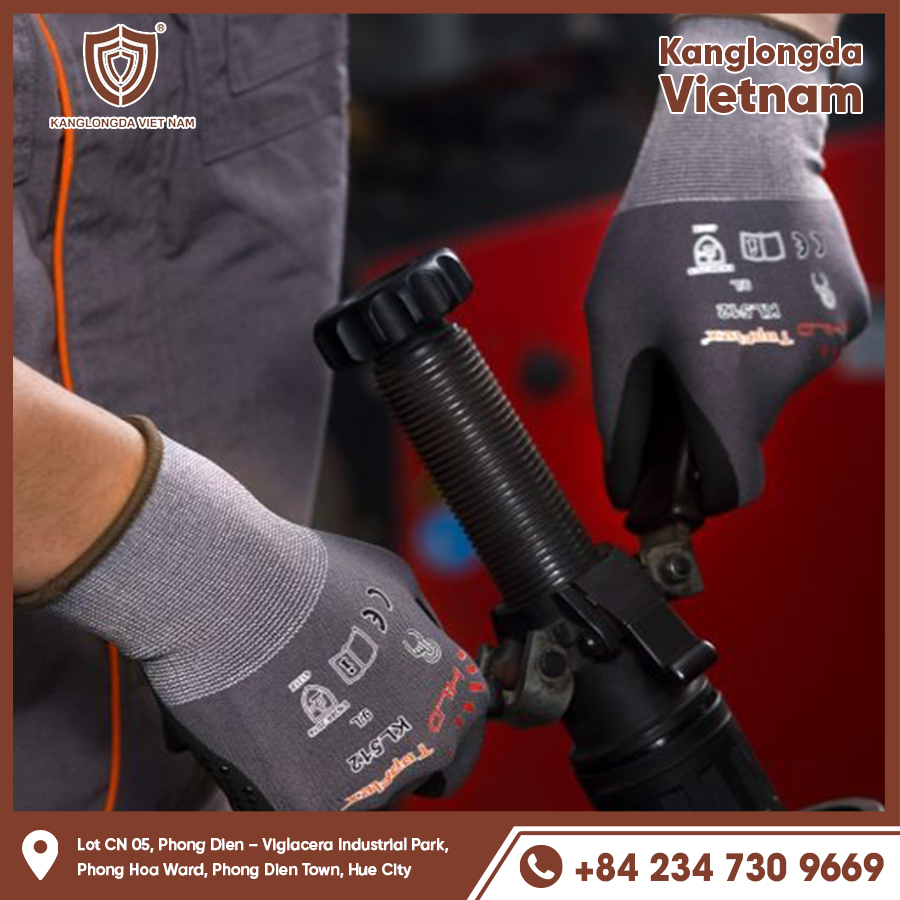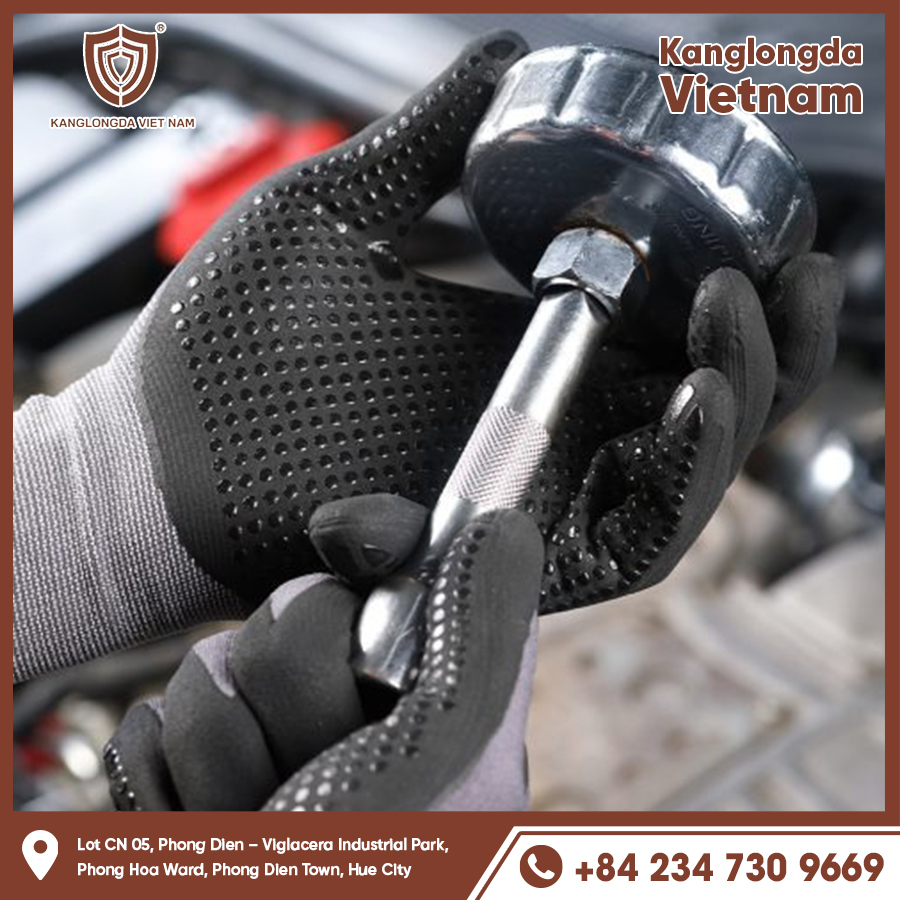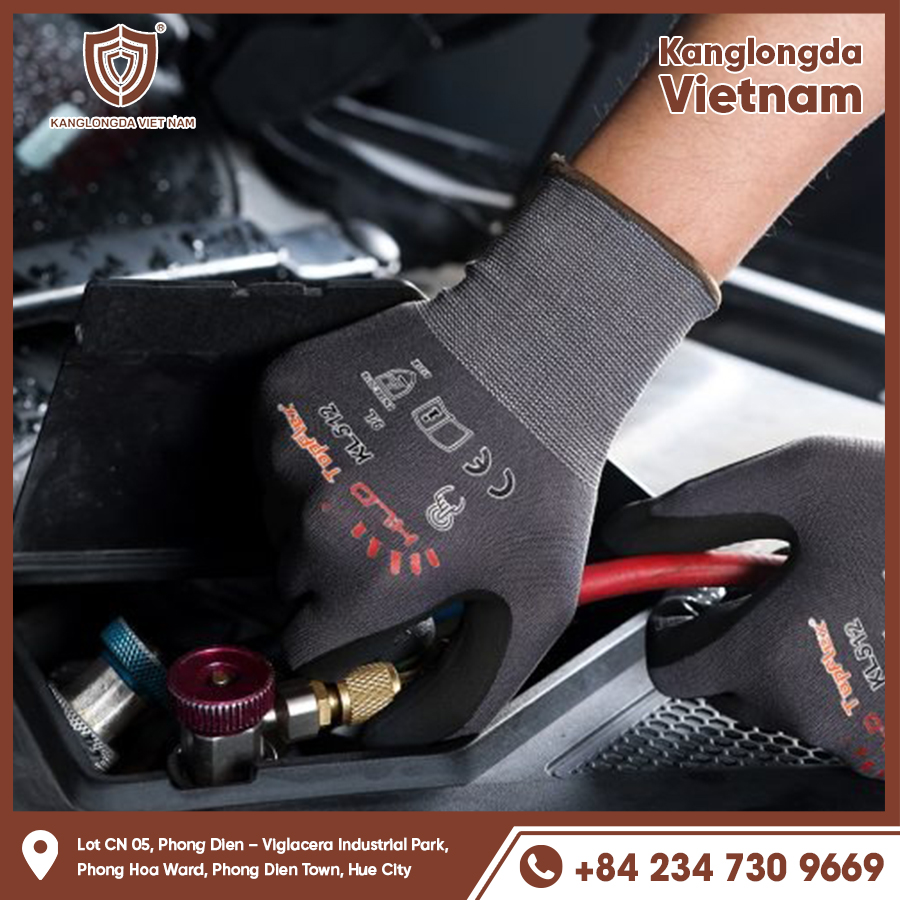Heat resistant gloves are essential protective gear for anyone working with or around high temperatures, from industrial settings to cooking and welding. These gloves shield your hands from burns, heat stress, and injuries while maintaining dexterity and comfort. This guide covers everything from materials and types to key features and care tips, helping you pick the right heat resistant gloves for your specific tasks and environments. Whether you’re a professional welder or a home chef, understanding gloves is crucial for safety and efficiency.

Understanding Heat Resistant Gloves and Their Importance
What Are Heat Resistant Gloves?
Gloves are specially designed gloves made from materials that can withstand elevated temperatures. They protect the wearer’s hands from burns, sparks, hot surfaces, and radiant heat. These gloves vary widely depending on the temperature resistance, flexibility, and intended use, but all serve the crucial role of providing thermal protection.
Why Use Heat Resistant Gloves?
Using gloves reduces the risk of severe burns and injuries when handling hot tools, materials, or working near flames. They enable workers to perform tasks safely without compromising dexterity or grip. These gloves are indispensable in industries such as manufacturing, construction, food processing, and automotive repair.
Common Risks Without Proper Protection
Without gloves, workers risk second and third-degree burns, blisters, and long-term skin damage. Additionally, inadequate protection can lead to accidents caused by dropping hot items or loss of grip, increasing injury risks to oneself and others. Proper gloves help maintain confidence and precision in high-risk environments.
Types of Heat Resistant Gloves and Their Applications
Welding Gloves
Welding gloves are heavy-duty, heat-resistant gloves designed to protect hands from sparks, molten metal splashes, and intense radiant heat. Typically made from thick leather, often combined with Kevlar or other fire-resistant fibers, these gloves provide durability and protection in demanding welding environments.
Oven and Cooking Gloves
Designed for use in kitchens or food processing, oven gloves offer heat protection against hot pans, grills, and ovens. These gloves prioritize flexibility and comfort, often made from silicone, neoprene, or heat-resistant fabrics. Many have textured surfaces for improved grip on slippery cookware.
Industrial Heat Resistant Gloves
These gloves cater to various industrial settings such as foundries, glass manufacturing, and metalworking. They feature specialized materials like aluminized fabrics or Kevlar blends that reflect radiant heat and resist cuts, abrasion, and punctures, balancing protection with functionality.

Key Materials Used in Heat Resistant Gloves
Leather and Split Leather
Leather is a classic material for heat resistant gloves due to its natural durability and heat resistance. Split leather offers additional flexibility and breathability, making it popular in welding gloves and heavy industrial applications. It also provides good abrasion resistance.
Kevlar and Aramid Fibers
Kevlar and other aramid fibers are synthetic materials known for their exceptional heat resistance and cut protection. Gloves reinforced with these fibers offer lightweight yet highly protective solutions that are heat, flame, and cut resistant, ideal for industries requiring fine dexterity.
Silicone and Neoprene
Silicone and neoprene gloves are common in culinary and food industry settings. Silicone offers excellent heat resistance up to high temperatures and superior grip on slick surfaces, while neoprene provides flexibility and chemical resistance alongside heat protection, suitable for wet or greasy conditions.
How to Choose the Right Heat Resistant Gloves
Assess Your Temperature Requirements
Identify the maximum temperature you need protection from. Different gloves offer various heat resistance levels; some withstand brief contact with 500°F (260°C), while specialized gloves tolerate even higher. Choose gloves certified for your specific temperature range.
Consider Dexterity and Fit
While protection is paramount, gloves should allow enough dexterity to handle tools and perform tasks safely. Gloves that are too bulky can reduce grip and increase accident risks. Try on gloves and select sizes that fit snugly without restricting movement or causing discomfort.
Evaluate Additional Features
Look for gloves with reinforced palms, touchscreen compatibility, or waterproof properties if your work demands them. Reflective strips and extended cuffs can provide extra safety and coverage. Consider gloves that combine heat resistance with cut and abrasion protection for comprehensive safety.
Proper Use and Maintenance of Heat Resistant Gloves
Cleaning and Care Instructions
Follow manufacturer guidelines to clean gloves properly. Many leather gloves require gentle cleaning with leather conditioners, while fabric gloves can often be machine washed on gentle cycles. Proper cleaning preserves protective properties and extends glove lifespan.
Inspecting for Damage
Regularly check gloves for wear, tears, or loss of heat resistance. Damaged gloves can compromise safety and should be replaced immediately. Pay attention to thinning materials, broken seams, or hardened areas that reduce flexibility.
Safe Storage Practices
Store gloves in a cool, dry place away from direct sunlight and chemicals. Avoid folding or compressing gloves tightly to prevent material damage. Proper storage ensures gloves remain in good condition for reliable protection.

Heat resistant gloves are vital safety equipment for anyone exposed to high temperatures in work or hobby settings. Choosing the right gloves requires understanding your heat exposure, required dexterity, and specific hazards. Quality gloves made from appropriate materials protect your hands from burns, improve grip, and ensure confidence while working in challenging environments. Proper care and timely replacement maximize safety and glove performance. Invest in the right gloves to keep your hands safe and comfortable every day.






